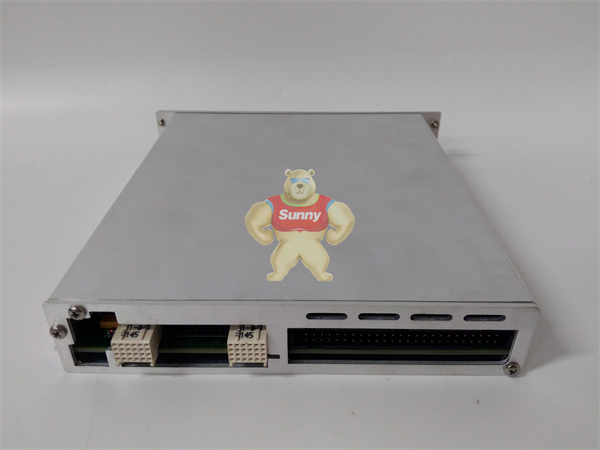The industry of the future needs a digital way of thinking, and software and data are key.
Software-centered, that is, software-defined, is to use software to define the function of the system, and use software to empower the hardware to achieve the maximum operating efficiency and energy efficiency of the system. The essence is to realize the deep integration of application software and hardware on the basis of digitization and standardization of hardware resources, and promote the development of application software in the direction of individuation, hardware resources in the direction of standardization, and system functions in the direction of intelligence.
Software-centric automation systems can reduce operating costs, increase flexibility and enhance the sustainability prospects of industrial enterprises. Yang said more and more devices are becoming software-centric, supporting remote operations and services while improving performance.
He pointed out that the differences between manufacturers have been slowly concentrated in the edge computing layer and the software layer, which breaks the barriers between manufacturers, as long as the standard is met, you can use the same set of software to drive different manufacturers of hardware to run. Of course, this is still a new technology, especially in software, we have different algorithms, there are fast and slow, need many scenes to experiment.

SCXI-1124
For example, in relatively simple application scenarios such as pipe corridors and tunnels, industrial automation systems only need to have simple functions such as controlling fans, air intake, and lighting. This is the kind of scenario where the advantages of being open and software-centric come into play. As long as you do a set of systems, you can apply the library or model to other scenarios, achieve reuse, no need to reprogram, greatly reducing the amount of engineering. The same goes for the heating scene.
In the distributed I/O scenario, software-centric industrial automation systems can save a lot of hardware costs, because the hardware does not have to use PLC, the industrial computer can be used, the calculation logic is in the software, only the computing power is required. And in the future, when more IT data needs to be collected, the requirements for computing power will be higher, but the requirements for control are not high. At this time, the industrial computer can save a lot of PLC costs. This approach has been applied to Schneider Electric Shanghai Smart Logistics Center.
Localization of R&D and production, strengthening the “China Center”
As a French company, Schneider Electric has been in China for 36 years. Over the past three decades, China’s innovation capacity has been increasing, and Schneider Electric has combined cutting-edge technology with local wisdom to help Chinese enterprises achieve efficient and sustainable development.
Yang Hang has visited many OEM manufacturers, in his view, “Now China’s automation control industry blooming, domestic OEM manufacturers have enough qualifications to pick suppliers, the price, performance and customization requirements are very high.” In order to get more international shares, domestic manufacturers are taking the cost-effective route.”
In addition to price sensitivity, domestic manufacturers also have high requirements for product performance and customization. Taking servo as an example, this use scenario has a very high standard for precision and speed, and customers need your speed stability, ease of use, adaptability, and application to reach a very high level.
In order to meet the needs of local users in China, Schneider Electric has continued to increase its investment in China and established a China Hub integrating technology, research and development, and sales support, which has greatly shortened the time to market for products and strengthened the research and development in China and the first launch in China.
Yang said, for example, the Lexium 18 servo drive, which was presented at the Innovation Summit, was designed by Schneider Electric’s Industrial Automation R&D Center in China according to local needs and mass-produced in Schneider Electric’s Wuxi factory. Next, we will also launch the same series of bus and controller products as Lexium 18 servo, forming a complete chain and gradually improving the servo industry.
 1 Year Warranty
1 Year Warranty





